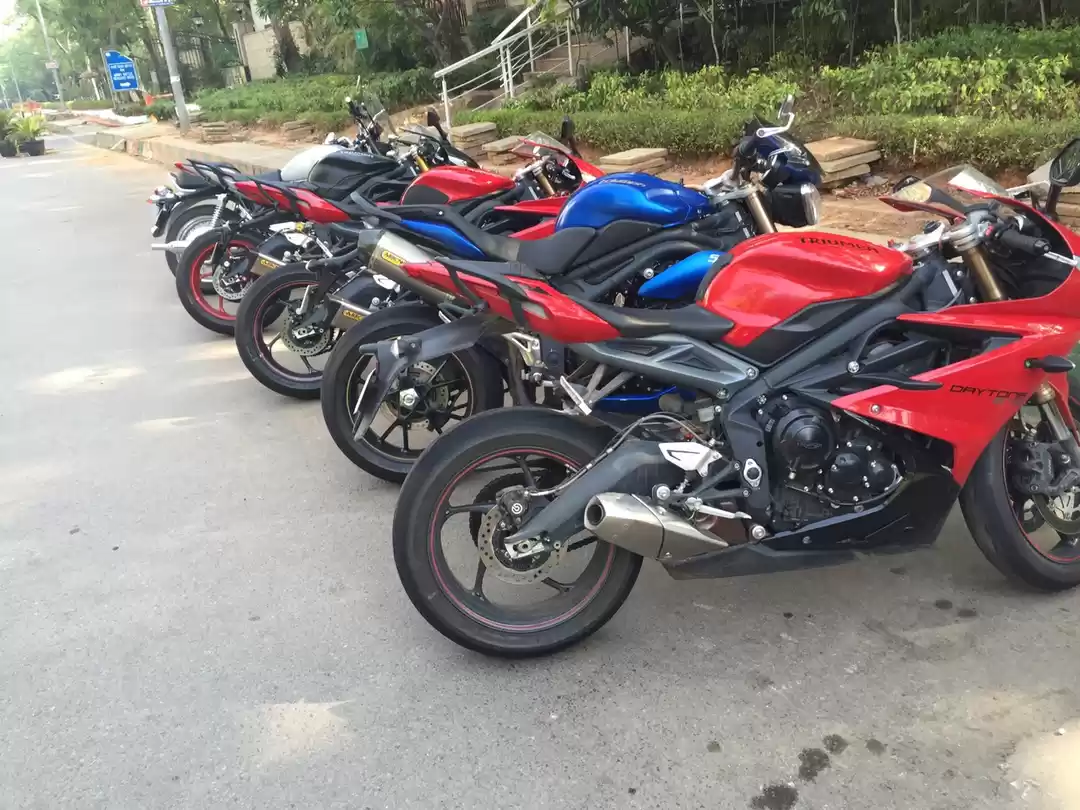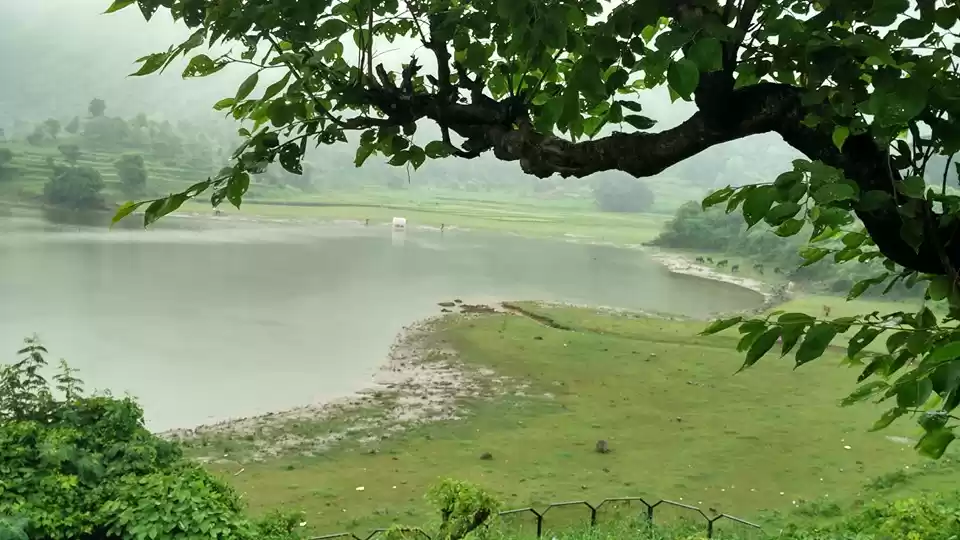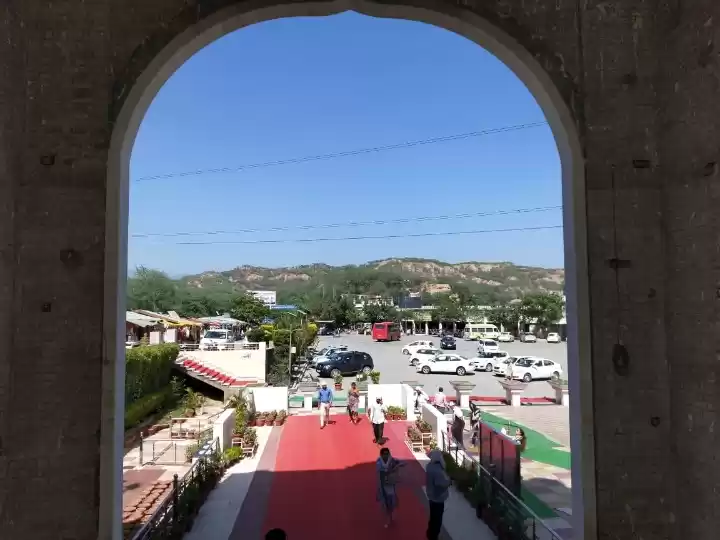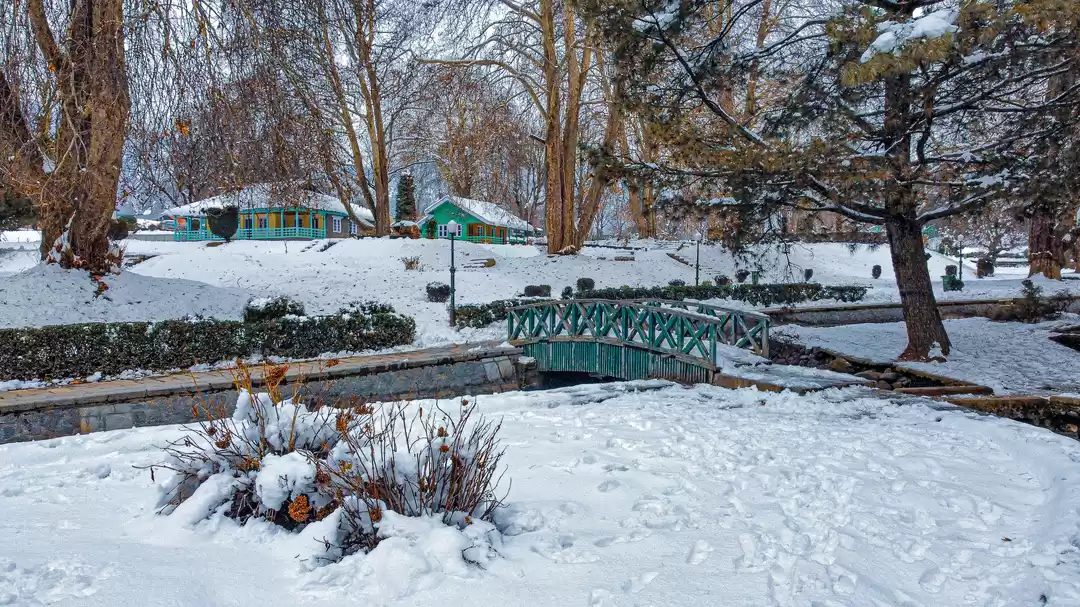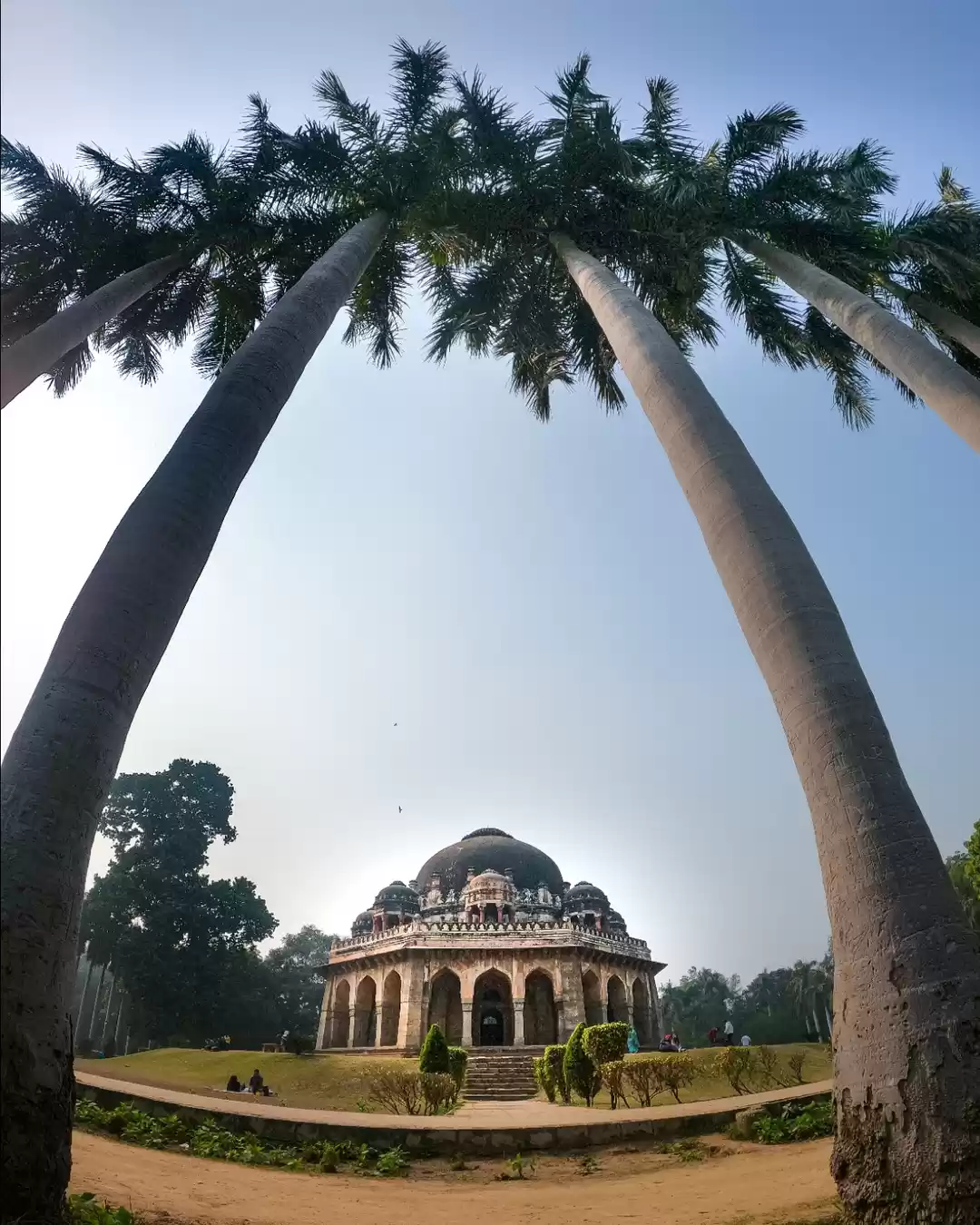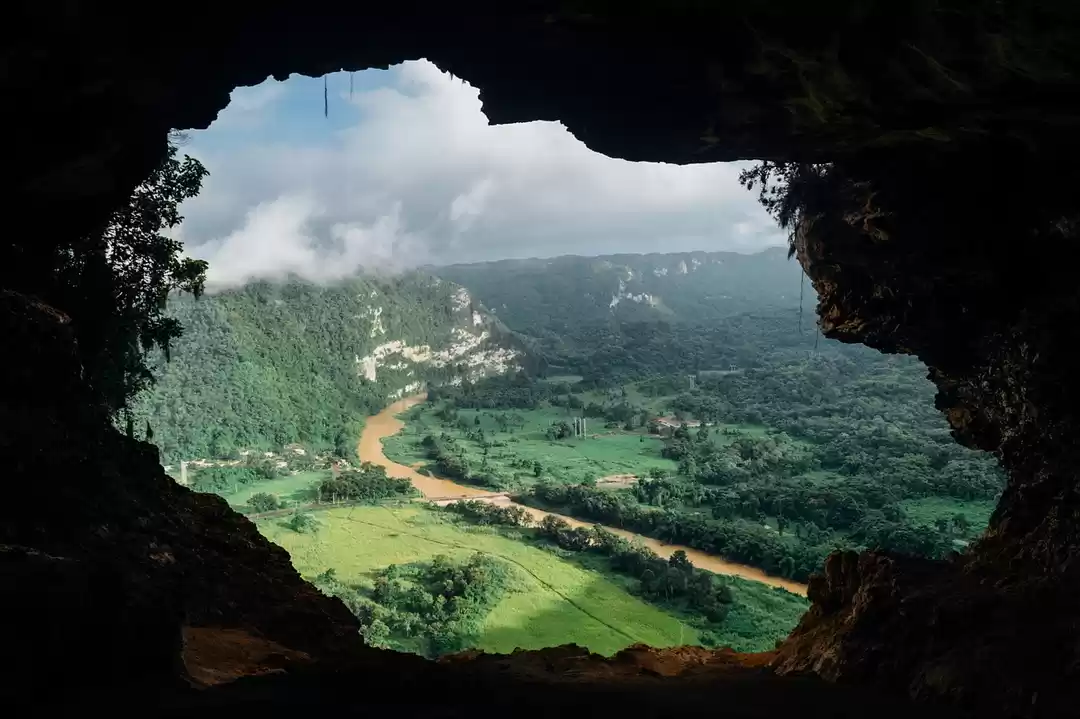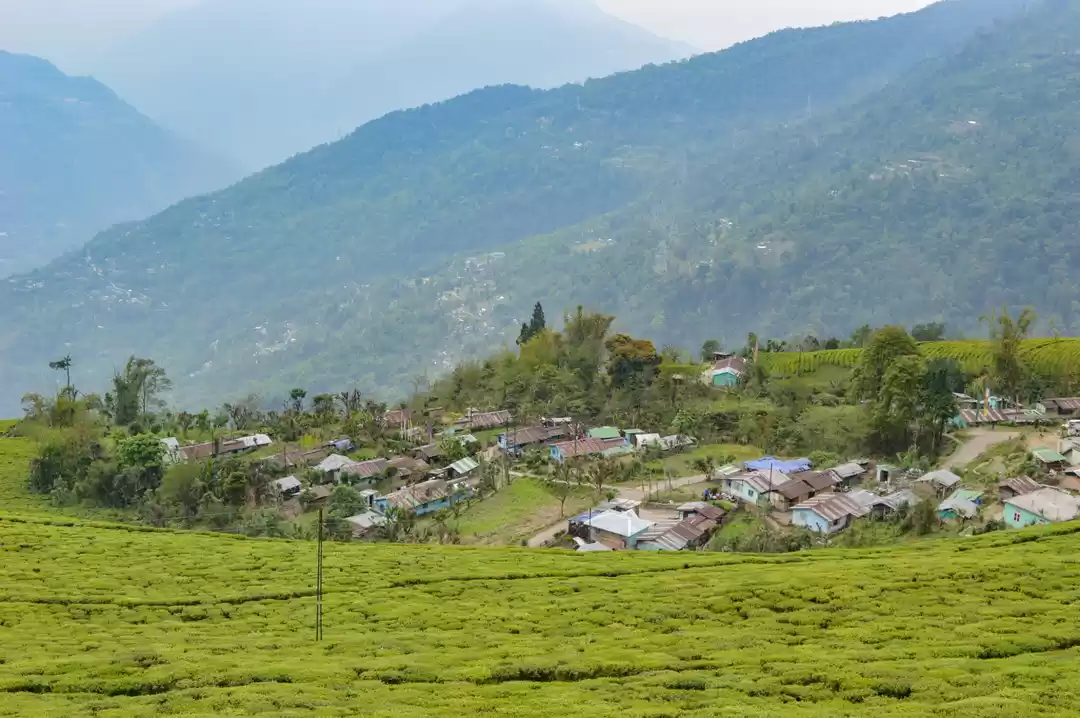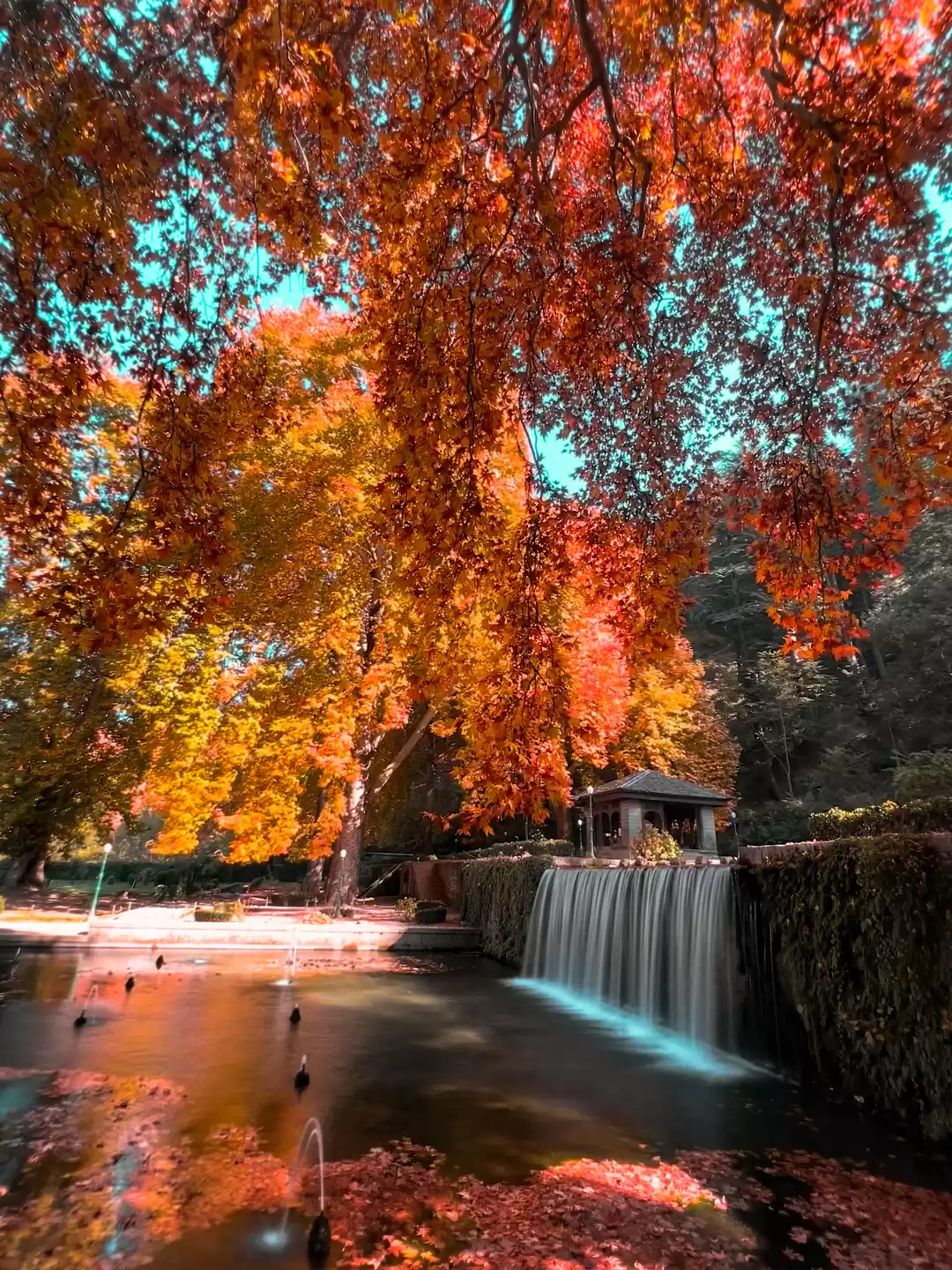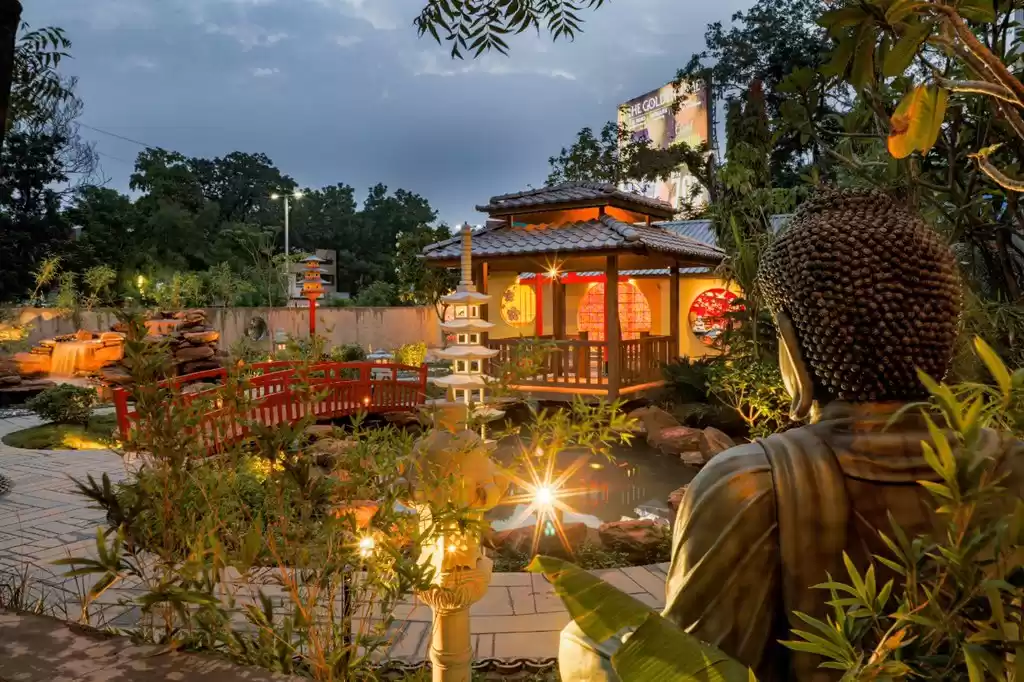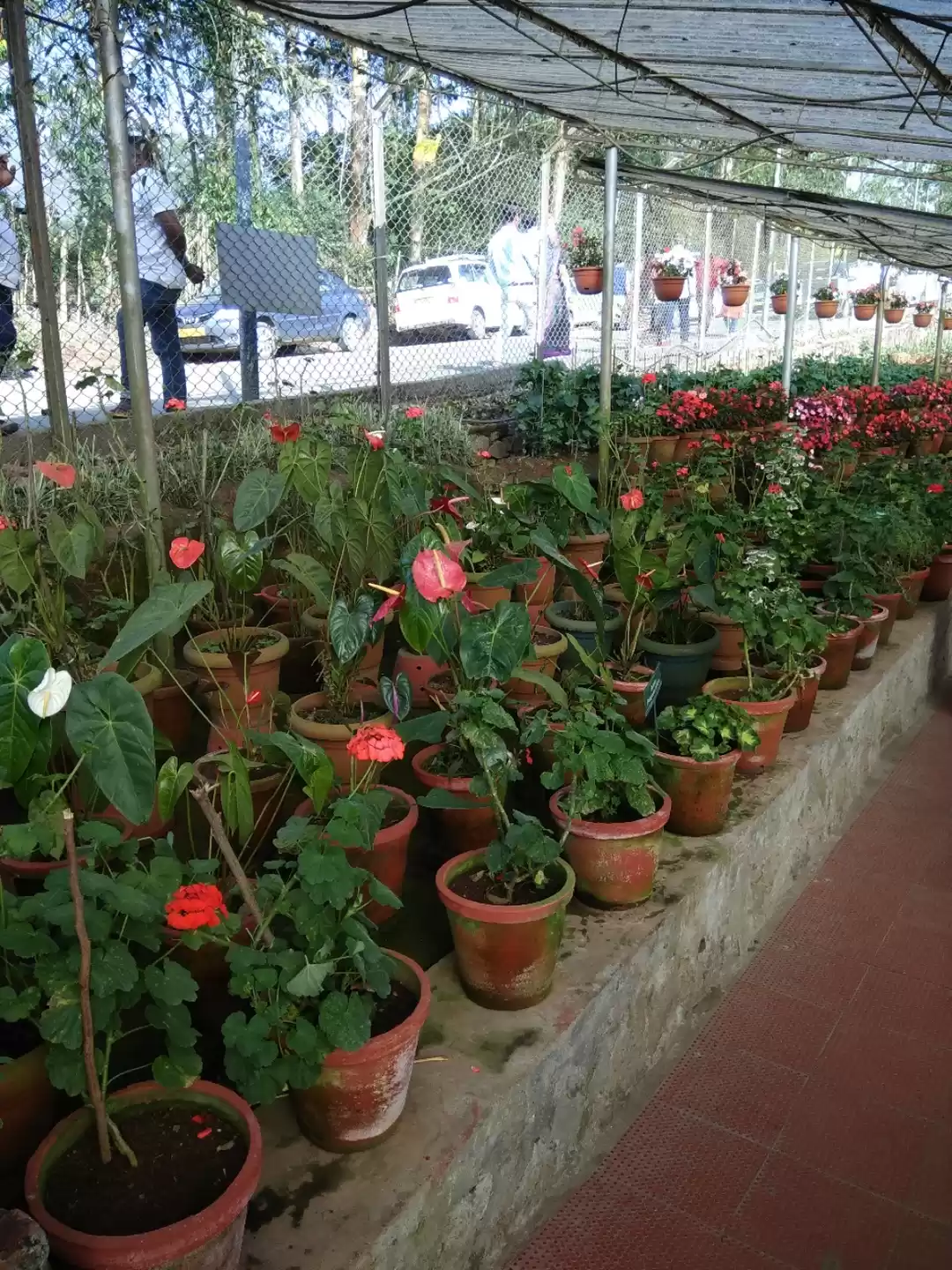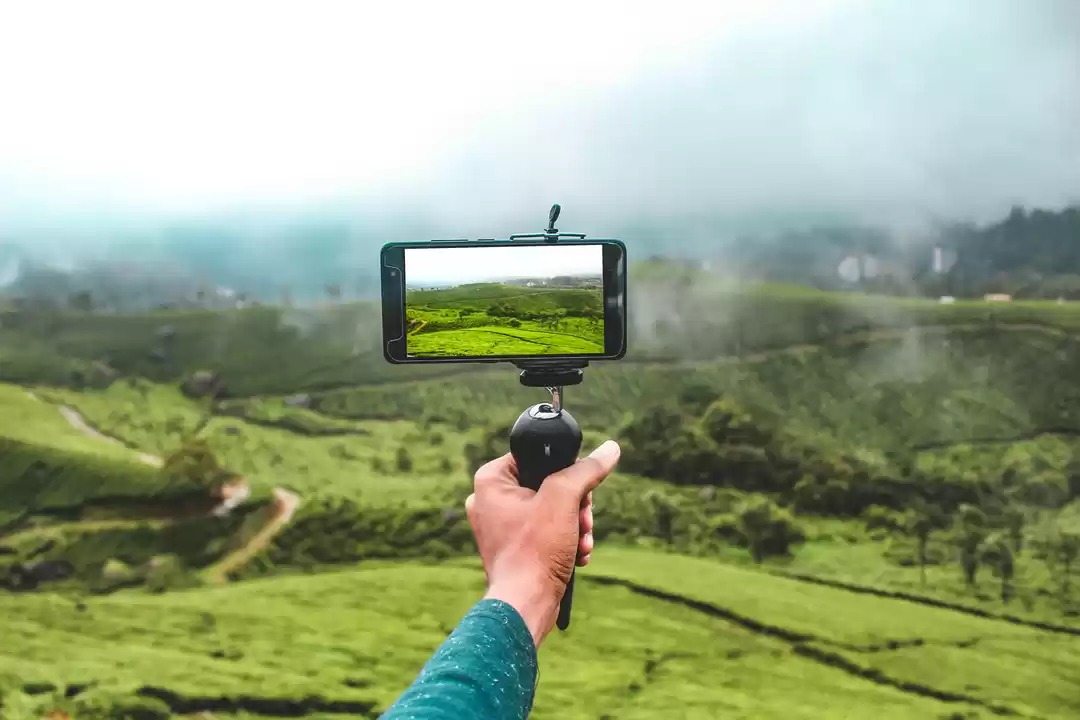Have you ever wondered what it would be like to visit a Mughal palace and garden? If yes, then you should definitely check out Yadvinder Garden, also known as Pinjore Garden, in Panchkula, Haryana. This stunning garden is one of the best examples of Mughal architecture and landscaping in India, and a perfect destination for a relaxing and refreshing getaway.
In this article, we will tell you everything you need to know about Yadvinder Garden, its history, its features, its attractions, and how to reach and explore it. Whether you are a history buff, a nature lover, or a culture enthusiast, you will find something to enjoy and appreciate in this garden. So, let’s get started!
History of the Garden
Yadvinder Garden was originally built by Fidai Khan, a general of Aurangzeb, the sixth Mughal emperor, in the 17th century. Fidai Khan was entrusted with the task of building a summer retreat for the emperor, and he chose a scenic location in the foothills of the Shivalik range, near the town of Pinjore. He designed the garden in the typical Mughal style, with geometric patterns, fountains, water channels, and pavilions.
However, after the decline of the Mughal Empire, the garden was neglected and damaged by the invaders and the elements. It was later restored and renovated by the rulers of the Patiala Dynasty, who acquired the garden in the 19th century. The most notable among them was Maharaja Yadavindra Singh, who gave the garden its current name, after his own. He also added some modern amenities and attractions to the garden, such as a zoo, a nursery, and a museum.
The garden is now a heritage site, managed by the Haryana Tourism Department, and a popular tourist attraction. It is also a venue for cultural events and festivals, such as the Baisakhi festival in April and the Mango festival in June.
Features and Attractions of the Garden
Yadvinder Garden is spread over an area of 100 acres, and consists of seven terraces, each with a distinct theme and style. The terraces are connected by flights of steps and waterfalls, creating a harmonious and soothing effect. The garden also boasts of a variety of flora and fauna, including exotic plants, flowers, birds, and animals. The main features and attractions of each terrace are as follows:

First Terrace: This is the entrance to the garden, and features a massive gate, adorned with Mughal motifs and inscriptions. The gate leads to a long water channel, flanked by cypress trees and flower beds. At the end of the channel, there is a square pool, with a fountain in the center. This terrace is also known as the Shish Mahal (Glass Palace), as it has a palace with glass windows and mirrors, reflecting the beauty of the garden.
Second Terrace: This terrace is also known as the Rang Mahal (Painted Palace), as it has a palace with colorful paintings and frescoes, depicting scenes from the Mughal court and the Hindu mythology. The palace also has a museum, displaying artifacts and relics from the Mughal and the Patiala periods. The terrace also has a large pool, with a fountain and a boat house.
Third Terrace: This terrace is also known as the Jal Mahal (Water Palace), as it has a palace with a water tank and a fountain in front of it. The palace also has a hammam (bathhouse), with hot and cold water facilities. The terrace also has a small zoo, with animals such as deer, rabbits, peacocks, and parrots.
Fourth Terrace: This terrace is also known as the Hawa Mahal (Air Palace), as it has a palace with open arches and windows, allowing the breeze to flow through. The palace also has a baradari (pavilion), with a dome and pillars, offering a panoramic view of the garden and the surrounding hills. The terrace also has a cactus garden, with over 2500 species of cacti and succulents.

Fifth Terrace: This terrace is also known as the Bairagi Mahal (Ascetic’s Palace), as it has a palace with a simple and austere design, reflecting the ascetic lifestyle of the Mughal emperor Aurangzeb. The palace also has a mosque, with a dome and minarets, and a prayer hall. The terrace also has a Japanese garden, with a pond, a bridge, a pagoda, and a Buddha statue.
Sixth Terrace: This terrace is also known as the Budh Mahal (Old Palace), as it has a palace with an old and rustic appearance, contrasting with the other palaces in the garden. The palace also has a nursery, with a variety of plants, flowers, and herbs, for sale. The terrace also has a picnic spot, with benches, tables, and swings.
Seventh Terrace: This is the lowest and the largest terrace in the garden, and features a huge lawn, with a fountain and a stage. This terrace is also known as the Top Terrace, as it offers a bird’s eye view of the entire garden and the town of Pinjore. This terrace is also the main venue for the cultural events and festivals that take place in the garden, such as the Baisakhi and the Mango festivals.
How to Reach and Explore the Garden
Yadvinder Garden is located in Pinjore, a town in the Panchkula district of Haryana, about 22 km from Chandigarh and 5 km from Kalka. It is easily accessible by road, rail, or air, as follows:
By Road:
The garden is situated on the Chandigarh-Shimla highway (NH 5), and can be reached by bus, taxi, or car. There are frequent buses from Chandigarh, Kalka, and other nearby towns, that stop at the garden gate. There are also taxis and cabs available from Chandigarh and Kalka, that charge around Rs. 500-700 for a one-way trip. Alternatively, you can drive your own car, and park it at the garden’s parking lot, which charges Rs. 20-50 per vehicle.
By Rail:
The nearest railway station to the garden is Kalka, which is well-connected to Chandigarh, Delhi, and other major cities by regular trains. From Kalka, you can take a bus, a taxi, or a toy train to the garden. The toy train is a heritage train, that runs on a narrow gauge track, and offers a scenic and enjoyable ride through the hills and valleys. The toy train takes about an hour to reach the garden, and costs Rs. 40-80 per person.
By Air:
The nearest airport to the garden is Chandigarh, which is connected to Delhi, Mumbai, and other major cities by domestic flights. From Chandigarh, you can take a bus, a taxi, or a car to the garden, as mentioned above.

Once you reach the garden, you can explore it at your own pace and convenience, as there is no fixed itinerary or guide. However, here are some tips and advice to make the most of your visit:
The best time to visit the garden is between October and March, when the weather is pleasant and the garden is in full bloom. Avoid visiting the garden during the summer months (April to June), when the temperature can rise up to 45°C, and the garden can get crowded and noisy. Also, avoid visiting the garden during the monsoon season (July to September), when the garden can get muddy and slippery, and the water features can get disrupted.
The entry fee to the garden is Rs. 20 per person, and Rs. 10 per child. The garden is open from 7 am to 10 pm, every day. However, the timings may vary depending on the season and the events. The garden also offers a light and sound show in the evening, which costs Rs. 50 per person, and Rs. 25 per child.

The garden has various facilities and amenities for the visitors, such as restrooms, drinking water, food stalls, souvenir shops, etc. However, it is advisable to carry your own water bottle, snacks, sunscreen, hat, etc., as the garden can get hot and dry during the day. Also, make sure to dispose of your waste properly, and do not litter or damage the garden.
The garden is suitable for different types of travellers, such as families, solo travellers, couples, and groups. The garden offers something for everyone, whether it is history, nature, culture, or entertainment. However, it is important to respect the garden’s heritage and environment, and follow the rules and regulations of the garden. Also, be mindful of the other visitors, and do not disturb or annoy them.
The garden also has some options for accommodation, if you want to stay overnight or longer. The garden has a heritage hotel, called the Rajhans Hotel, which is located in the Rang Mahal terrace. The hotel offers comfortable and luxurious rooms, with a view of the garden and the hills. The hotel also has a restaurant, a bar, a conference hall, and a swimming pool. The hotel charges Rs. 3000-5000 per night, depending on the season and the room type.
You can also book the hotel online, through the Haryana Tourism website. Alternatively, you can also stay at some of the nearby hotels, such as the Hotel Pinjore Residency, the Hotel Pallavi West, or the Hotel Western Court, which offer decent and affordable rooms, with basic amenities and services. These hotels charge Rs. 1000-2000 per night, and can be booked online, through various travel portals.
Yadvinder Garden is a Mughal paradise in Panchkula, Haryana, that offers a glimpse into the history, culture, and nature of the region. The garden is a beautiful and relaxing place to visit, with its seven terraces, each with a different theme and style, and its various features and attractions, such as the palaces, the fountains, the zoo, the museum, etc. The garden is also easy to reach and explore, by road, rail, or air, and has some options for accommodation, if you want to stay longer. Whether you are looking for a historical, cultural, or natural experience, you will find it in Yadvinder Garden.
We hope you enjoyed reading this article, and learned something new and interesting about Yadvinder Garden. If you have any questions, comments, or feedback, please feel free to share them with us. We would love to hear from you. Also, if you have visited or plan to visit Yadvinder Garden, please share your experience and photos with us.
We would love to see them. You can also join our community of travellers, who share their stories, tips, and recommendations, on our website and social media platforms. Thank you for reading, and happy travelling!

